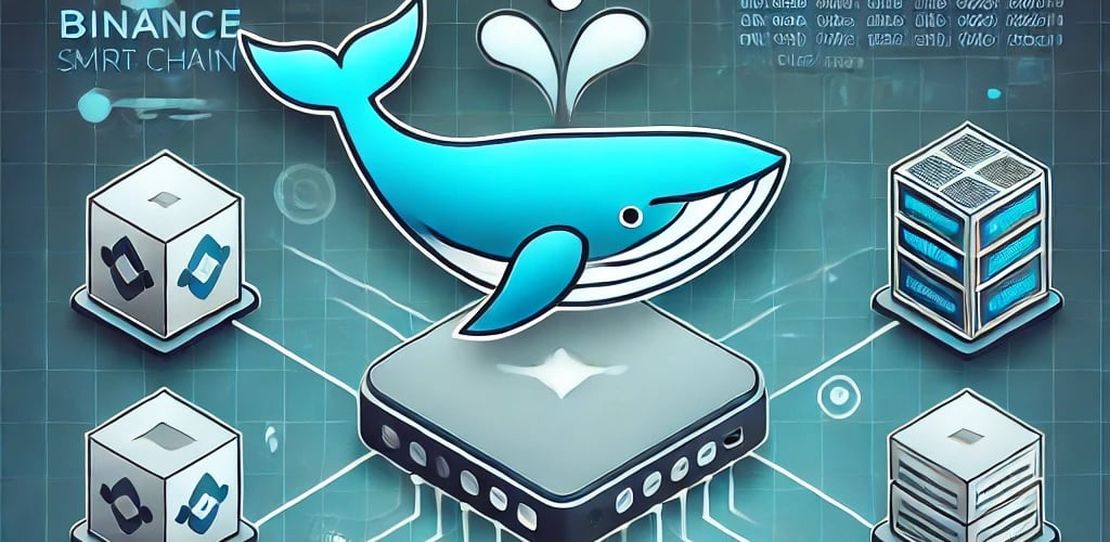
Contributing to LegitDAO: A Step-by-Step Guide
- Pascal Germain
- Development , Dao
- October 29, 2024
Table of Contents
At LegitDAO, we foster a collaborative environment where every community member can contribute to the growth and improvement of the ecosystem. Whether you’re a developer, designer, or just someone passionate about LegitDAO’s mission, this guide will walk you through how to make contributions to the LegitDAO repository and submit modifications to help shape our future.
Step 1: Clone the Repository
To get started, you’ll need to clone the LegitDAO repository from GitHub. This will give you access to the codebase so you can make updates, fixes, or enhancements.
git clone https://github.com/steve-rodrigue/legitdao.git
Once cloned, navigate to the directory:
cd legitdao
Step 2: Create a New Branch
It’s best practice to create a new branch for your work. This keeps your modifications isolated and makes it easier to review your changes before merging them into the main codebase.
git checkout -b my-feature-branch
Replace my-feature-branch with a descriptive name for your branch, such as fix-bug-123 or add-new-feature.
Step 3: Make Your Changes
Now that you’re in your new branch, make the necessary updates or improvements to the project. Whether you’re fixing a bug, adding a new feature, or updating documentation, ensure that your changes follow the coding standards of the project.
If you’re unsure about how to implement something, feel free to check the project’s README or ask for guidance from the community.
Step 4: Commit Your Changes
After making your modifications, it’s time to commit your work. Be sure to write meaningful commit messages that clearly describe the changes you made.
git add .
git commit -m "Description of the changes you made"
Step 5: Push Your Changes
Once you’ve committed your changes, push your branch to the remote repository:
git push origin my-feature-branch
This will upload your changes to your forked repository on GitHub, making them ready for review.
Step 6: Open a Pull Request
Now that your branch is pushed, it’s time to open a pull request (PR). Navigate to the LegitDAO GitHub page, and you should see an option to compare and create a pull request. Click on that and follow the instructions to submit your PR.
In your pull request description, provide a clear summary of what you’ve changed and why. This will help the maintainers understand your contribution and make the review process smoother.
Step 7: Respond to Feedback
The project maintainers may request changes or leave feedback on your pull request. Be sure to respond to their comments and make any necessary updates.
Once everything is good to go, your PR will be merged into the main branch, and your contribution will become part of LegitDAO.
Conclusion
Contributing to LegitDAO is a great way to support the project’s mission while enhancing your skills and collaborating with a vibrant community. By following these steps, you’ll be well on your way to making valuable contributions that help shape the future of LegitDAO. We look forward to seeing what you bring to the table!
Happy coding!


